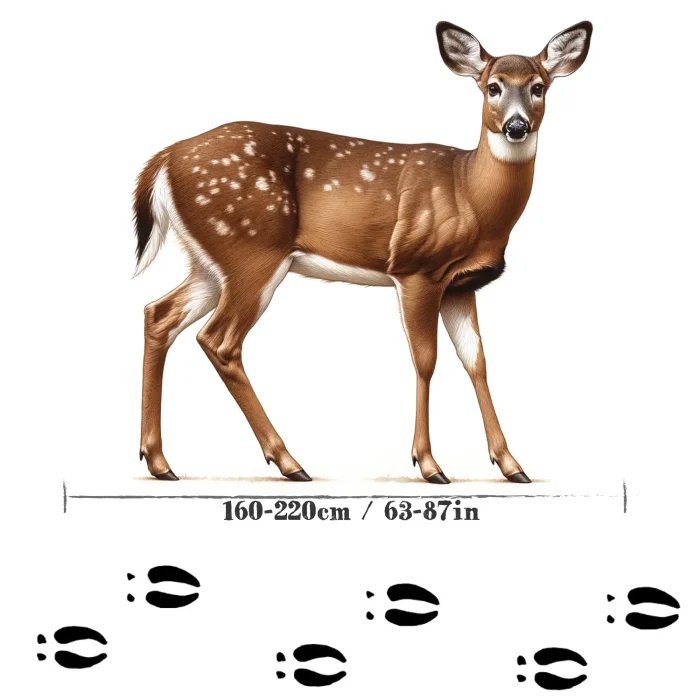

White Tailed Deer
Virginia deer, whitetail
Odocoileus virginianus
This page may contain affiliate links.
Read our disclosure and privacy policy here.
White-tailed deer are graceful creatures often seen prancing through North America’s forests and fields. With their reddish-brown coats and the signature white underside to their tails, they are one of the most recognized wild animals on the continent. These deer are known for their agility and speed, capable of leaping high fences and sprinting up to 30 miles per hour. They play hide and seek with predators, using their coloring to blend in with the forest.
White Tailed Deer

There’s a lot to explore right where we are, in our own neighborhoods and backyards! Join us while we get off the couch and explore the everyday wonders of nature, science, space, engineering, art, and anything else we stumble upon during on our adventures.







